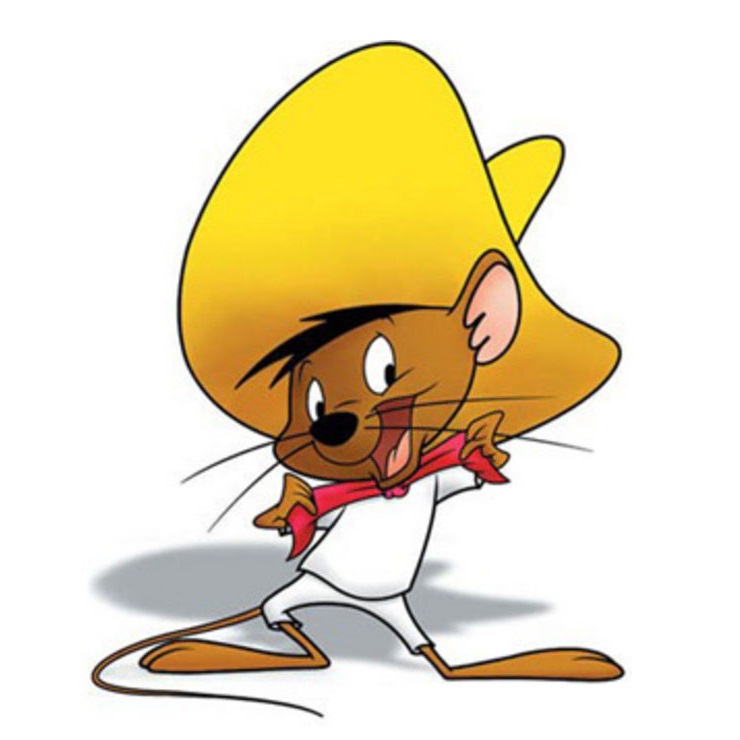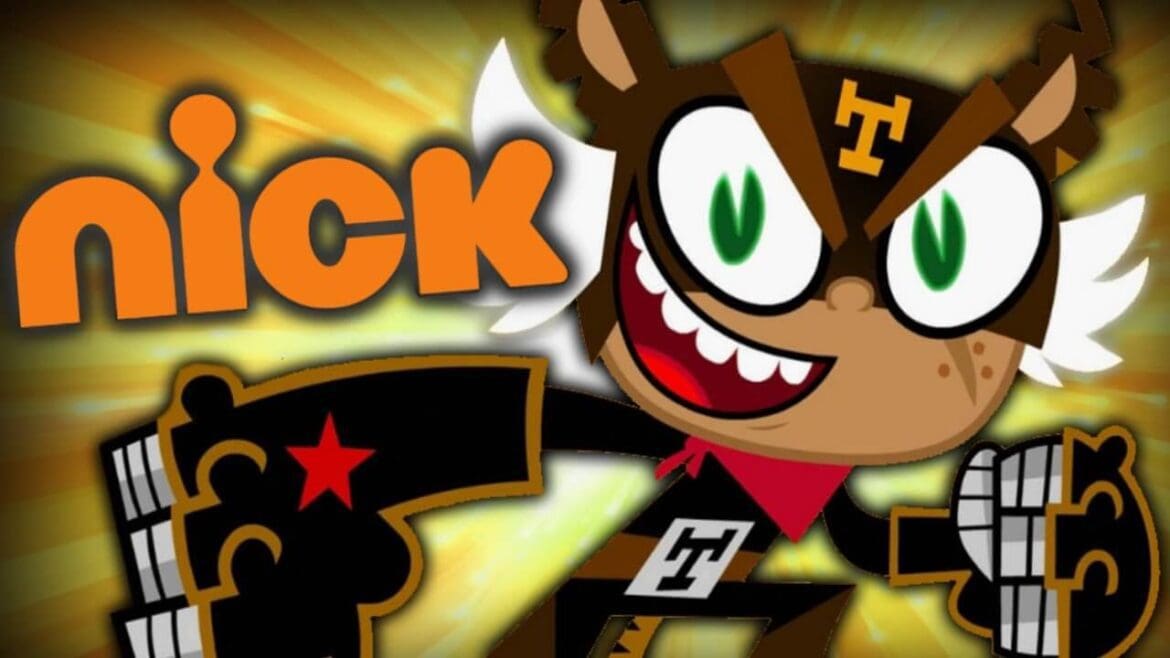Cartoon Mexican characters have become a vibrant part of pop culture, blending tradition with imagination to create something truly special. From the colorful streets of Mexico City to the animated screens worldwide, these characters bring joy, laughter, and a unique perspective to storytelling. In this article, we'll dive deep into the world of cartoon Mexican characters, exploring their origins, cultural significance, and the artists behind them.
Think about it—when you see a cartoon character with a sombrero, vibrant colors, or traditional Mexican attire, it’s not just a random design choice. These characters carry the essence of Mexican culture, folklore, and history. They’re more than just drawings; they’re cultural ambassadors that bring the richness of Mexico to life through animation.
So, why should you care? Well, cartoon Mexican characters aren’t just for kids. They’re for anyone who appreciates creativity, diversity, and the power of storytelling. Whether you’re a fan of animation, a cultural enthusiast, or just someone looking for something new to explore, this article is here to take you on a journey. Let’s get started!
Read also:Atomic Habits Pen Your Key To Transforming Tiny Habits Into Massive Results
Table of Contents
- The Rich History of Cartoon Mexican Characters
- Meet the Most Popular Cartoon Mexican Characters
- The Art of Designing Cartoon Mexican Characters
- Cultural Influences in Animation
- The Global Impact of Mexican Cartoons
- Behind the Scenes: The Artists Who Bring Them to Life
- The Business Side of Cartoon Mexican Characters
- What’s Next for Mexican Animation?
- Challenges Faced by Mexican Cartoon Creators
- Wrapping It Up: Why Cartoon Mexican Characters Matter
The Rich History of Cartoon Mexican Characters
Cartoon Mexican characters didn’t just pop up overnight. They’ve been around for decades, evolving alongside the animation industry. Back in the day, Mexican folklore and traditional stories were the main inspirations for these characters. Think about legends like La Llorona or El Chupacabra—these tales were the foundation for what we see today in animated form.
But it wasn’t all smooth sailing. In the early years, many Mexican characters were portrayed in a stereotypical way, often reducing them to clichés like sombreros and chili peppers. However, as the industry grew and more Mexican creators stepped into the spotlight, things began to change. Now, we see characters that celebrate the true essence of Mexican culture, rather than just relying on stereotypes.
From Traditional Tales to Modern Animation
The journey from folklore to modern animation is fascinating. Artists started experimenting with different styles, blending traditional Mexican art with contemporary animation techniques. This fusion created something truly unique—a style that honors the past while embracing the future.
For example, the use of bright colors, intricate patterns, and bold lines in Mexican cartoons reflects the country’s vibrant art scene. It’s like taking a walk through a Mexican market and capturing that energy on screen.
Meet the Most Popular Cartoon Mexican Characters
Now, let’s talk about some of the most iconic cartoon Mexican characters that have captured the hearts of audiences worldwide. These characters aren’t just cute drawings; they’re cultural icons that represent the diversity and creativity of Mexico.
1. Speedy Gonzales
Ah, Speedy Gonzales—the fastest mouse in all of Mexico. This character became a household name in the 1950s and 60s, thanks to Warner Bros. cartoons. While some argue that Speedy perpetuated stereotypes, others see him as a symbol of Mexican resilience and speed. Who wouldn’t want a mouse that can outrun any cat?
Read also:Anis Samanez Falabella A Rising Star In The Spotlight
2. Frida Kahlo-Inspired Characters
Frida Kahlo’s influence extends beyond the art world. Many animators have drawn inspiration from her iconic look, creating characters with flower crowns, bold eyebrows, and vibrant outfits. These characters celebrate Kahlo’s legacy and her impact on Mexican culture.
3. Coco’s Miguel
Disney Pixar’s “Coco” brought Mexican culture to the global stage in a big way. Miguel, the film’s protagonist, is a young boy who dreams of becoming a musician. His journey through the Land of the Dead is a beautiful portrayal of Mexican traditions like Día de los Muertos.
The Art of Designing Cartoon Mexican Characters
Designing cartoon Mexican characters is both an art and a science. It’s about capturing the essence of Mexican culture while creating something visually appealing. Artists use a mix of traditional elements, like Aztec patterns and Mexican textiles, with modern animation techniques.
Key Elements in Character Design
- Vibrant Colors: Think about the bright hues of Mexican markets and festivals. These colors are often used to make characters stand out.
- Traditional Attire: Characters might wear sombreros, serapes, or other traditional clothing to emphasize their cultural roots.
- Intricate Patterns: Aztec and Mayan designs are often incorporated into character outfits, adding depth and authenticity.
Designing these characters isn’t just about aesthetics; it’s about storytelling. Every detail, from the way a character moves to the background they inhabit, tells a part of the story.
Cultural Influences in Animation
Mexican culture is rich and diverse, and this diversity is reflected in its animation. From music to dance, food to festivals, every aspect of Mexican life can be found in cartoon Mexican characters. Animators draw inspiration from everything—from traditional dances like the Jarabe Tapatío to the vibrant flavors of Mexican cuisine.
How Animation Reflects Mexican Values
Cartoon Mexican characters often embody values like family, community, and resilience. For example, in “Coco,” the importance of remembering loved ones is a central theme. This reflects the Mexican tradition of Día de los Muertos, where families honor their ancestors.
Through animation, these values are shared with a global audience, creating a bridge between cultures and fostering understanding.
The Global Impact of Mexican Cartoons
Mexican cartoons have made a significant impact on the global stage. Shows like “El Chavo Animado” and films like “Coco” have introduced audiences worldwide to the richness of Mexican culture. These cartoons aren’t just entertaining; they’re educational, offering viewers a glimpse into a world they might not otherwise experience.
Breaking Stereotypes
One of the most important contributions of Mexican cartoons is breaking down stereotypes. Instead of relying on outdated clichés, modern animators focus on authenticity and representation. This shift has helped change perceptions and promote cultural understanding.
Behind the Scenes: The Artists Who Bring Them to Life
Every great cartoon character has a talented artist behind them. These creators pour their hearts into their work, blending their cultural heritage with their artistic vision. Let’s meet a few of the artists who have made a name for themselves in the world of Mexican animation.
Adriana Medina
Adriana Medina is a rising star in the Mexican animation scene. Her work often incorporates traditional Mexican motifs with a modern twist. She’s known for her vibrant characters and attention to detail.
Jaime Hernandez
Jaime Hernandez is another artist who has left a lasting impact on the industry. His characters are known for their unique style and cultural authenticity. Hernandez’s work is a testament to the power of art in preserving cultural heritage.
The Business Side of Cartoon Mexican Characters
Cartoon Mexican characters aren’t just about art; they’re also big business. From merchandise to licensing deals, these characters generate millions in revenue. But it’s not just about money; it’s about creating opportunities for Mexican artists and animators to showcase their talent on a global scale.
Challenges in the Industry
While the industry is growing, it’s not without its challenges. Many Mexican animators face obstacles like limited funding and lack of exposure. However, with the rise of digital platforms, more artists are finding ways to reach a wider audience.
What’s Next for Mexican Animation?
The future of Mexican animation looks bright. With advancements in technology and a growing interest in diverse storytelling, we can expect to see even more incredible characters and stories. Animators are pushing boundaries, experimenting with new techniques, and collaborating with artists from around the world.
Trends to Watch
- Digital Animation: More artists are embracing digital tools to create stunning visuals.
- Cultural Exchange: Collaborations with international artists are becoming more common, leading to exciting new projects.
- Virtual Reality: Some animators are exploring the use of VR to create immersive experiences.
Challenges Faced by Mexican Cartoon Creators
Despite the industry’s growth, Mexican cartoon creators face several challenges. Funding, exposure, and copyright issues are just a few of the hurdles they must overcome. However, many artists remain optimistic, driven by their passion for storytelling and their desire to share their culture with the world.
Solutions for the Future
One potential solution is increased support from government and private organizations. By investing in Mexican animation, these groups can help artists overcome financial barriers and gain more exposure. Additionally, collaborations with international studios can open up new opportunities for Mexican creators.
Wrapping It Up: Why Cartoon Mexican Characters Matter
In conclusion, cartoon Mexican characters are more than just entertainment. They’re cultural ambassadors, storytellers, and innovators. From their rich history to their global impact, these characters have left an indelible mark on the animation industry.
So, what can you do? If you’re a fan of animation, support Mexican creators by watching their work, buying their merchandise, and sharing their stories. If you’re an artist, consider collaborating with Mexican animators to create something truly unique.
And remember, the world of cartoon Mexican characters is always evolving. Keep an eye out for new projects, new characters, and new ways to experience the magic of Mexican culture through animation.
Got any thoughts or questions? Drop a comment below or share this article with your friends. Let’s keep the conversation going and celebrate the creativity and diversity of cartoon Mexican characters!


